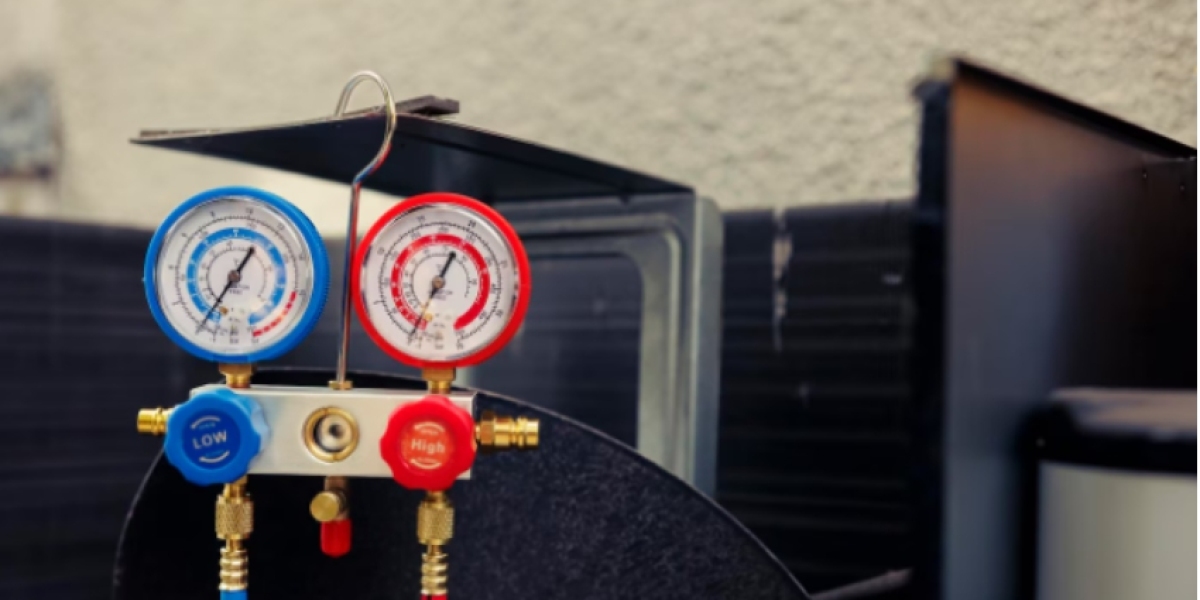Setting your heating oil boiler to the correct temperature is essential for energy efficiency, comfort, and cost savings—especially in the UK where heating is a seasonal necessity. Whether you live in a rural cottage in the Scottish Highlands or a suburban home in the South East, understanding the ideal boiler temperature settings can help you maximise performance, extend the life of your heating system, and keep your energy bills manageable.
This article delivers a clear, SEO-friendly, and human-generated guide tailored for UK homeowners and property managers using heating oil systems.
Understanding Your Heating Oil Boiler
Before diving into specific temperatures, it’s important to understand how a heating oil boiler works. These boilers burn heating oil to heat water, which is then circulated through your home via radiators or underfloor heating. There are typically two thermostats involved:
The boiler thermostat – controls the temperature of the water inside the boiler.
The room thermostat – regulates the temperature of the air in your living spaces.
Getting the settings right on your boiler thermostat is key for optimal efficiency.
What Is the Ideal Temperature for an Oil-Fired Boiler in the UK?
Central Heating Temperature Setting
For most UK homes, the ideal boiler temperature for central heating is between 65°C and 75°C.
65°C is recommended for efficiency and reducing energy waste.
75°C is more suitable for colder months or poorly insulated homes.
This temperature range ensures that your home heats up efficiently without the boiler overworking or producing excessive emissions. However, with the UK's move towards energy conservation, many households are opting for settings closer to the lower end of this range.
Hot Water Temperature Setting
For hot water, the boiler should typically be set to around 60°C.
This is high enough to kill harmful bacteria like Legionella but low enough to prevent scalding or excessive energy use.
Important Tip: Do not set the hot water temperature below 50°C unless you have a thermostatic mixing valve, as it could pose a health risk.
Why Your Boiler Temperature Matters
The temperature at which your boiler operates impacts:
Energy Efficiency: Lower temperatures use less fuel.
Comfort: Higher temperatures heat your home faster.
Boiler Lifespan: Correct settings reduce wear and tear.
Fuel Costs: Proper temperatures can save hundreds of pounds annually.
The Energy Saving Trust recommends careful boiler management as part of any home energy-saving strategy in the UK.
Weather Compensation and Modern Controls
Modern heating systems, including condensing oil boilers, often come with weather compensation controls. These adjust your boiler’s output based on the outdoor temperature.
For instance:
On warmer days, the system lowers the flow temperature.
On colder days, it increases it slightly for comfort.
This smart functionality improves efficiency by keeping your boiler from heating unnecessarily, and many modern UK homes are adopting this technology.
Condensing Boilers: Should I Lower the Temperature?
If you have a condensing heating oil boiler, you might be tempted to lower the temperature to boost condensation and save energy. That’s partially true—around 55°C is the "sweet spot" for maximum efficiency in a condensing system.
However, running your boiler too low can:
Lead to inadequate heating in cold weather.
Cause boiler cycling, reducing lifespan.
Prevent your home from reaching the set room temperature.
For condensing boilers, it’s a balance between efficiency and usability. You can start at 60°C and reduce incrementally if your home remains comfortably warm.
Seasonal Boiler Temperature Adjustments
Just as we change our wardrobes with the seasons, adjusting your boiler settings seasonally can be smart:
Winter (Dec–Feb): 70–75°C for central heating.
Spring/Autumn: 65°C is often sufficient.
Summer (if hot water only): 60°C is perfect.
Using programmable thermostats or smart heating controls like Hive or Nest can automate these changes and improve efficiency.
Other Tips to Maximise Boiler Efficiency
Bleed radiators regularly to ensure they heat up evenly.
Insulate pipes and your hot water cylinder to retain heat.
Service your boiler annually – a clean, well-maintained boiler runs more efficiently.
Install thermostatic radiator valves (TRVs) to control individual room temperatures.
Use heating oil additives to improve boiler performance during cold spells.
Signs Your Boiler Temperature May Be Too High
Radiators feel scalding hot to the touch.
The boiler frequently turns on and off (short cycling).
Higher-than-usual heating oil usage.
Excessive noise or pressure from the system.
If you’re noticing these symptoms, it may be time to review your settings or consult a heating engineer.
Final Thoughts: A Comfortable, Efficient Home Starts with the Right Setting
So, what temperature should you set your heating oil boiler to in the UK?
Central Heating: 65–75°C
Hot Water: Around 60°C
This range strikes the perfect balance between comfort, cost-effectiveness, and boiler health. By setting your boiler smartly and adjusting with the seasons, you can ensure your home stays warm without burning through your heating oil supply.
If in doubt, speak with a professional heating engineer or your oil boiler manufacturer to find the safest and most efficient settings tailored to your system.








